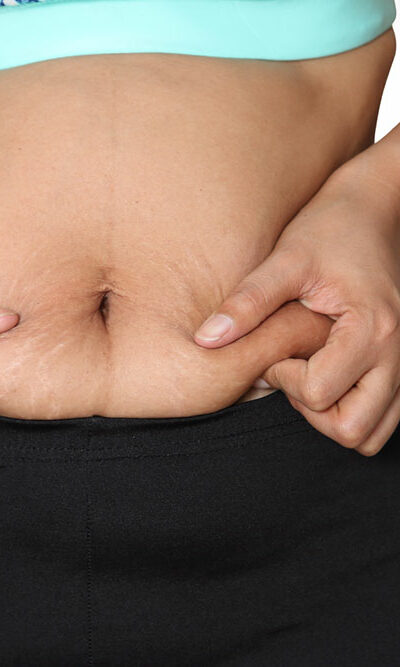
The Best Foods for Acid Reflux to Following Immediately
Do you suffer from heartburn frequently? It could be a case of Acid Reflux Disease, also known as GERD, i.i., Gastroesophageal Reflux Disease. Normally, during the process of digestion, there is a sphincter at the mouth of the stomach, that closes once you’ve finished eating. Then, the contents move into the stomach, where it is digested with the help of digestive enzymes. During the digestion process, acids are released. If the sphincter does not seal itself completely or opens too often, the acid flows back into the esophageal tract and causes heartburn. If this condition persists, you are suffering from acid reflux. Causes A stomach abnormality known as hiatal hernia is a common cause of acid reflux. Lying on your back or bending over the waist, after eating a heavy meal. Being overweight and obese. Consuming certain foods can cause acid reflux. These include tomatoes, garlic, mint, onion, spicy and fatty foods. Smoking. Consumption of alcohol, coffee, tea and carbonated beverages. Snacking just before retiring for the night. Pregnancy. Blood pressure medication, certain muscle relaxers, common drugs like aspirin and ibuprofen also cause acid reflux Symptoms The common symptoms are heartburn, where the burning sensation extends from the chest to the throat and regurgitation. A bitter-tasting and sour acid backs into your throat and mouth. Other symptoms that show up include nausea, bloating, continuous hiccups, burping, bloody/black stools, vomit covered with blood, dysphagia, unexplained weight loss, dry cough, wheezing, hoarseness, and chronic sore throat. Diet and lifestyle changes can help in reducing the symptoms of acid reflux disease. A diet for acid reflux is crafted by excluding foods that can trigger the symptoms and make them worse. Dietary Changes Acid reflux disease can cause a lot of discomfort. Dietary changes help to reduce the symptoms by excluding certain foods. Eating small and frequent meals rather than eating three large meals in a day, can greatly help in alleviating the symptoms.










